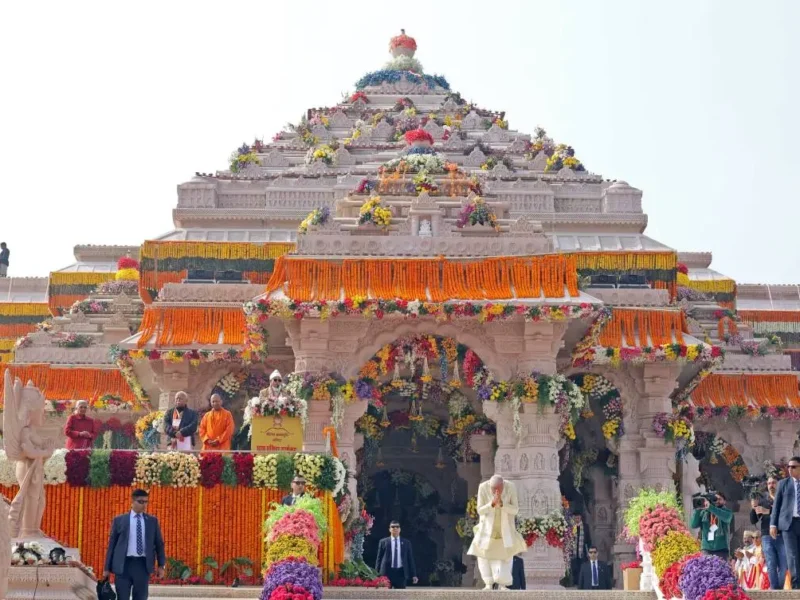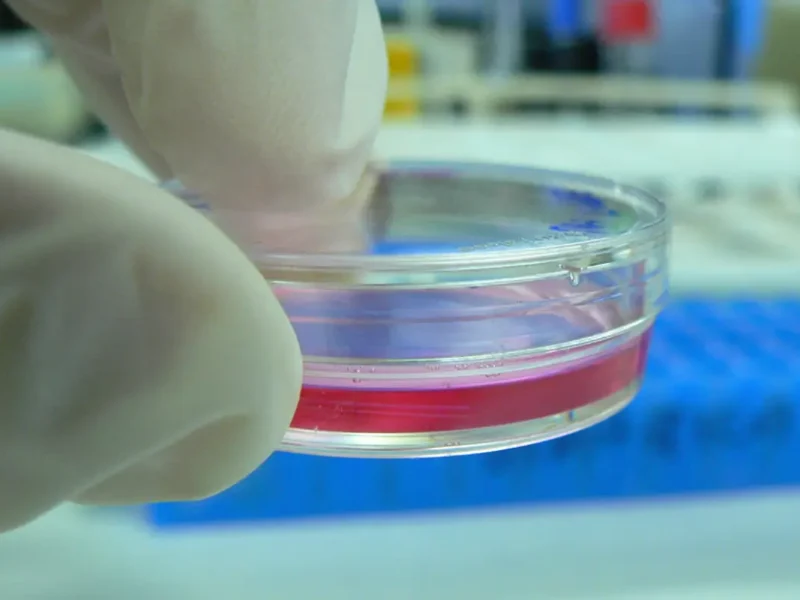
Returning The Crown Jewels
From Girish Modi, Decatur, GA
With the death of Queen Elizabeth II after a 70-year reign, many believe this is the time for change. Some are seeking an end to the monarchy, while others have their sights on something more tangible: the crown jewels. There are many who see these priceless artifacts as symbols of an imperialist past and believe they should be returned to their places of origin, including South Africa and India.
The crown jewels are made up of more than 100 objects and over 23,000 gemstones, acquired over centuries by kings and queens. The crown is used just for crowning during a coronation. This crown dates to 1661, with a solid gold frame that weighs almost 5 pounds.
The Imperial State Crown is worn by the monarch during state occasions, making it much more visible. It sparkles thanks to its 2,868 diamonds, 269 pearls, 17 sapphires, 11 emeralds, and four rubies. Some of these jewels are famous, like the Cullinan II Diamond, Stuart Sapphire, and Black Prince’s Ruby, which is actually a semi-precious stone called a balas. The Cullinan II Diamond is 317.4 carats, and the second-largest stone cut from the 3,106-carat Cullinan Diamond.
Some of the jewels were gifts. The uncut Cullinan Diamond was presented to King Edward VII on his 66th birthday by the Transvaal government, which was under British rule. The Cullinan I, or the Great Star of Africa, was cut from the Cullinan Diamond and is mounted on the top of the Sovereign’s Scepter. Because the diamond was given to Edward VII by colonial authorities, many South Africans demand reparations for all the harm done by Britain and the return of all the gold, and diamonds stolen by Britain.
The massive, 105-carat Kohinoor diamond was mined in India. The Kohinoor made its way from dynasty to dynasty. Maharaja Duleep Singh signed the Treaty of Lahore in 1849 after the annexation of Punjab, when he was just 11 years old. As part of the treaty, the Kohinoor was ceded to Queen Victoria. Today, the Kohinoor is the biggest jewel on the Queen Mother’s Crown and remains one of the world’s largest cut diamonds.
The diamond has a history of being part of war booty or trophies taken as the result of war in South Asia. So, in a lot of ways, it is a symbol of plunder and represents the long history of plunder imperialism. Having the diamond on public display in the Queen Mother’s Crown is a powerful reminder of the injustices perpetrated by the former imperial power. Until it is returned, at least as a symbolic gesture of expiation, it will remain evidence of the loot, plunder, and misappropriation that colonialism was really all about.
There are many, many looted artifacts in Britain today, and returning objects with colonial ties is the right thing to do if the royal family is serious about making apologies for the ills of British imperialism and how they profited from it.
(This submission has not been edited)



